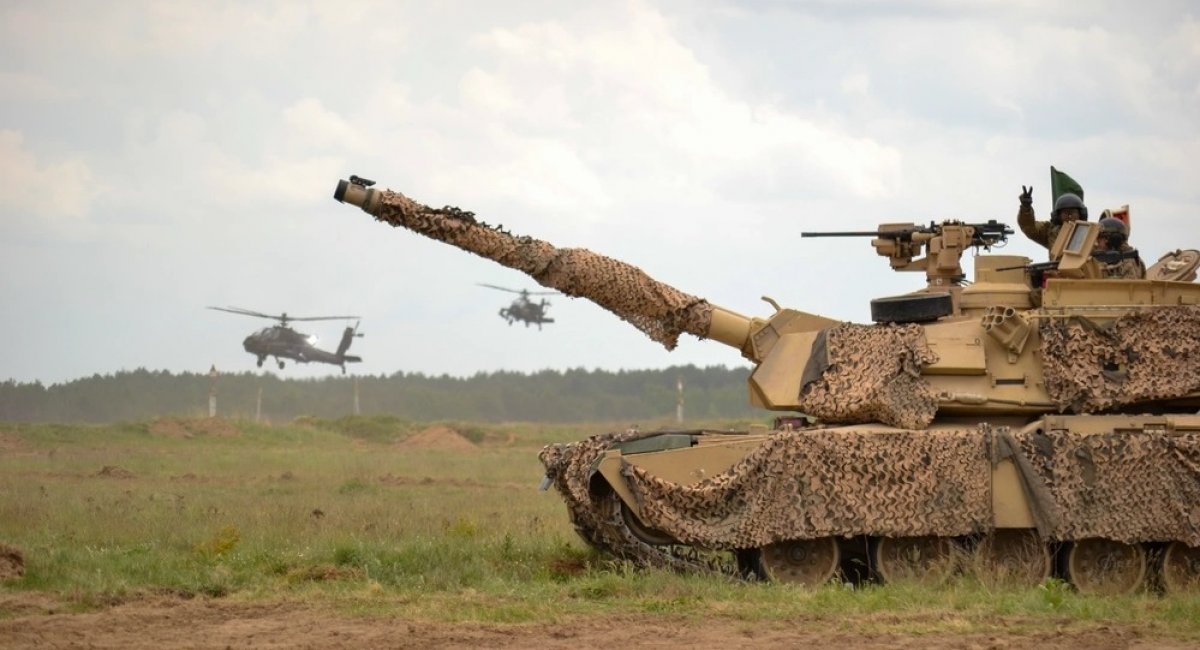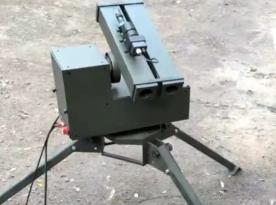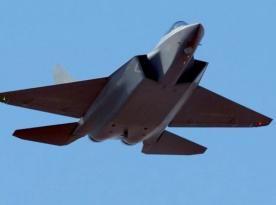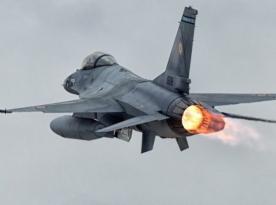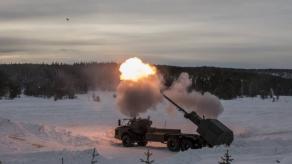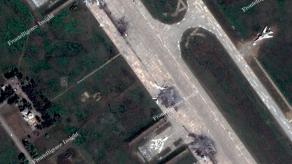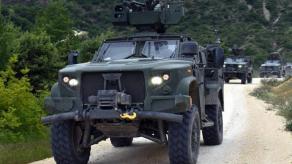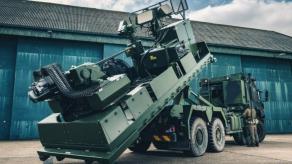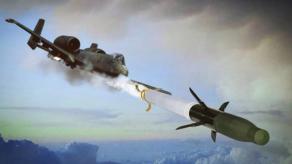The official request for weapons and equipment presented by the Ukrainian delegation to the United States during a conference in Washington D.C. includes an extensive (although maybe not full) list of various items.
In all honesty, it appears more as a "wishlist" than a realistic request. Perhaps the underlying principle was to "ask for everything, as much as you can, and eventually you'll get at least something." This approach might be a logical consequence of Ukraine's diplomatic "fight" for essential weapons, which dragged on for months amid talks of "escalation," concerns about equipment in question being "too sophisticated," and other pretexts.
Read more: Ukraine Presents Wishlist of Weapons to the United States: From Advanced THAAD to Drones and Transport Aircraft
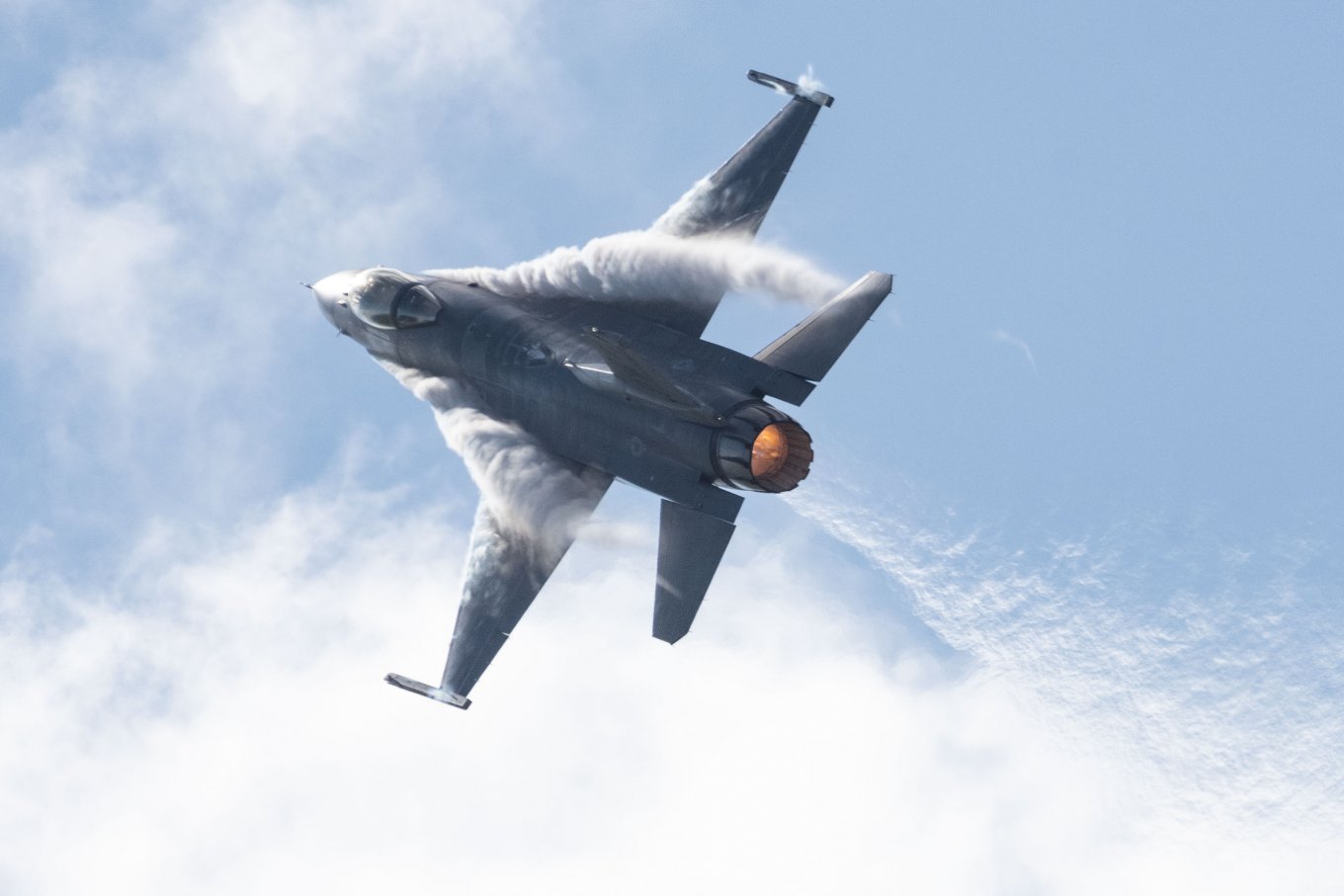
The reported list, according to Reuters, encompasses:
- F/A-18 multirole fighters
- F-16 multirole fighters
- AH-64 Apache attack helicopters
- C-17 Globemaster III cargo planes
- C-130 Hercules cargo planes
- UH-60 Blackhawk transport helicopters
- M1 Abrams tanks
- MQ-9 and MQ-1C UAVs
- THAAD air defense systems
For simplicity, we'll consider the price of newly manufactured equipment, as the U.S. generally prefers to transfer weapons under the USAI program, while PDA focuses on supporting previously transferred weapons.
Breaking down the cost of each item:
1. F/A-18 (F/A-18E/F Super Hornet):
- Finland was considering buying new Hornets instead of aging ones in 2021: the budget ceiling was $11 billion for the replacement of 62 F/A-18E/F Super Hornets.
- Approximately $177.4 million for one aircraft in a complex supply with associated weapons, if we presume each aging Hornet was to be replaced with its upgraded counterpart.
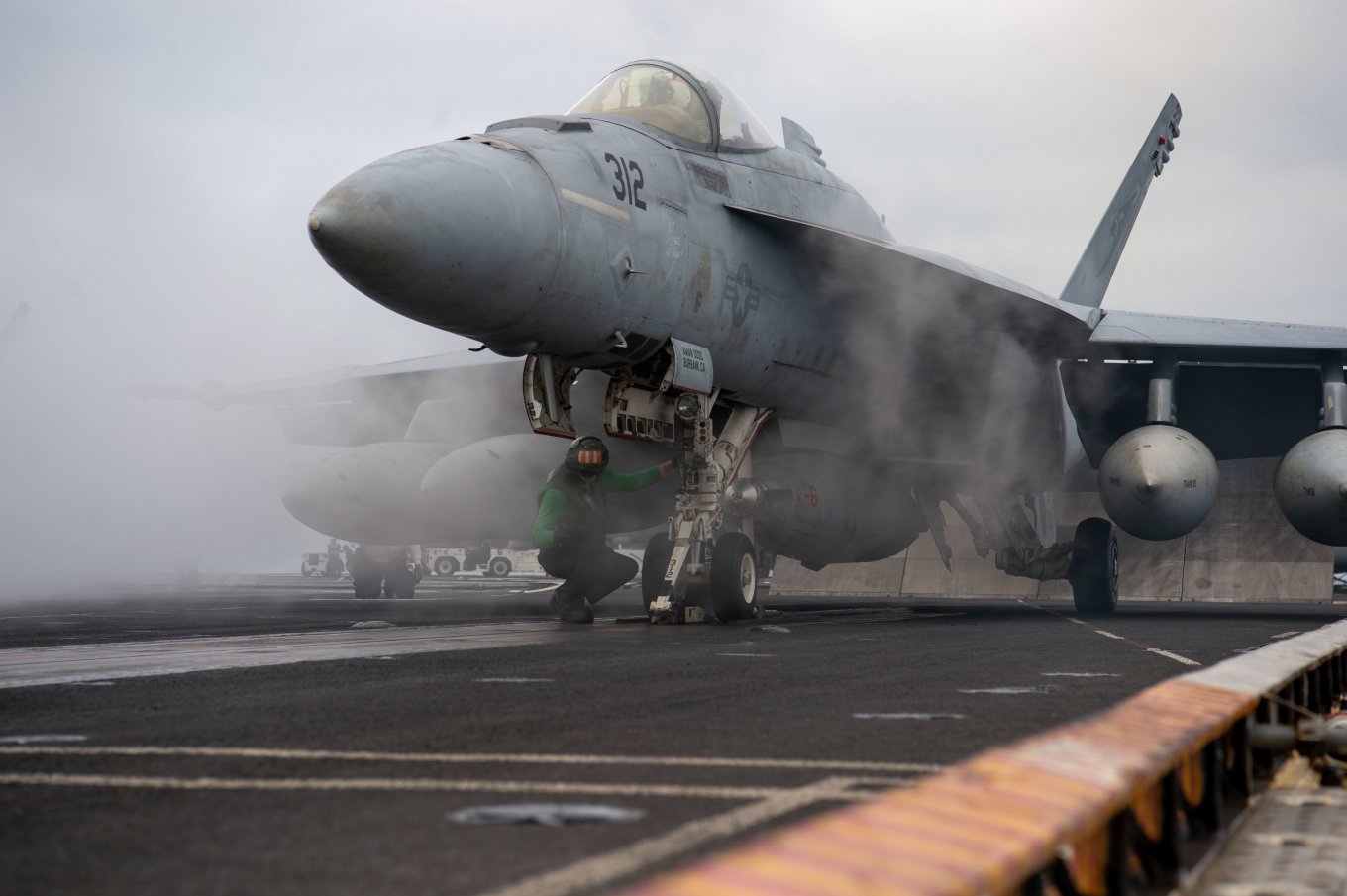
2. F-16 (F-16V):
- Cost for Bulgaria, 2023: $1.3 billion for 8 aircraft.
- Approximately $162.5 million each in a similar complex supply.
3. C-17 Globemaster III:
- Last exported to Kuwait, 2013: one aircraft at $371 million with associated equipment, as mentioned in DSCA permission
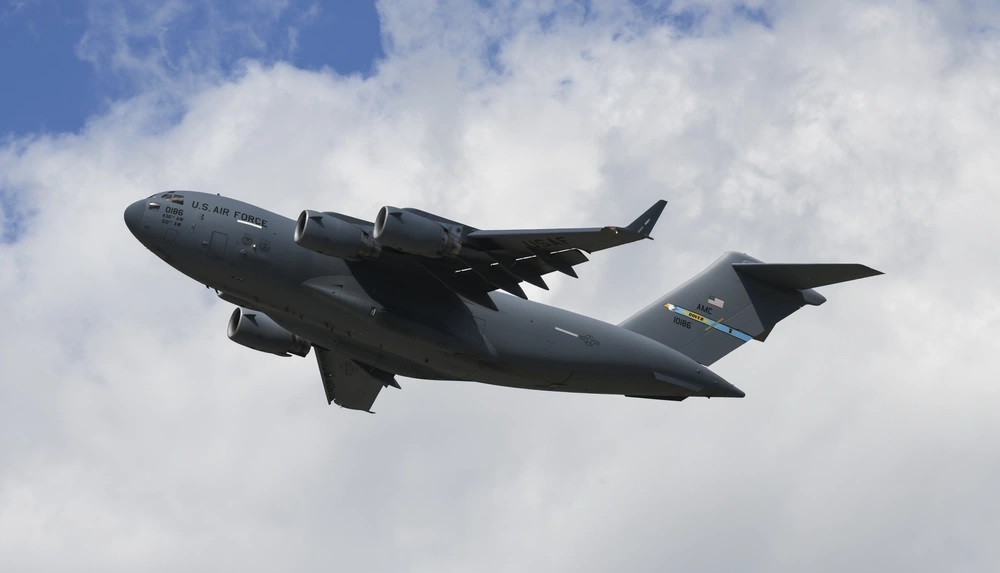
4. C-130J-30 Super Hercules:
- Australia in 2022 got DSCA permission for 24 aircraft at $6.35 billion,
- Approximately $264.58 million each
5. AH-64 Apache (AH-64E Apache Guardian):
- Potential deal for Poland, 2023: 96 helicopters for $12 billion.
- Approximately $125 million per unit in a complex supply.
6. UH-60 Black Hawk (UH-60M):
- Authorization for Lithuania, 2020: six helicopters with at $380 million.
- Approximately $63.3 million per aircraft.
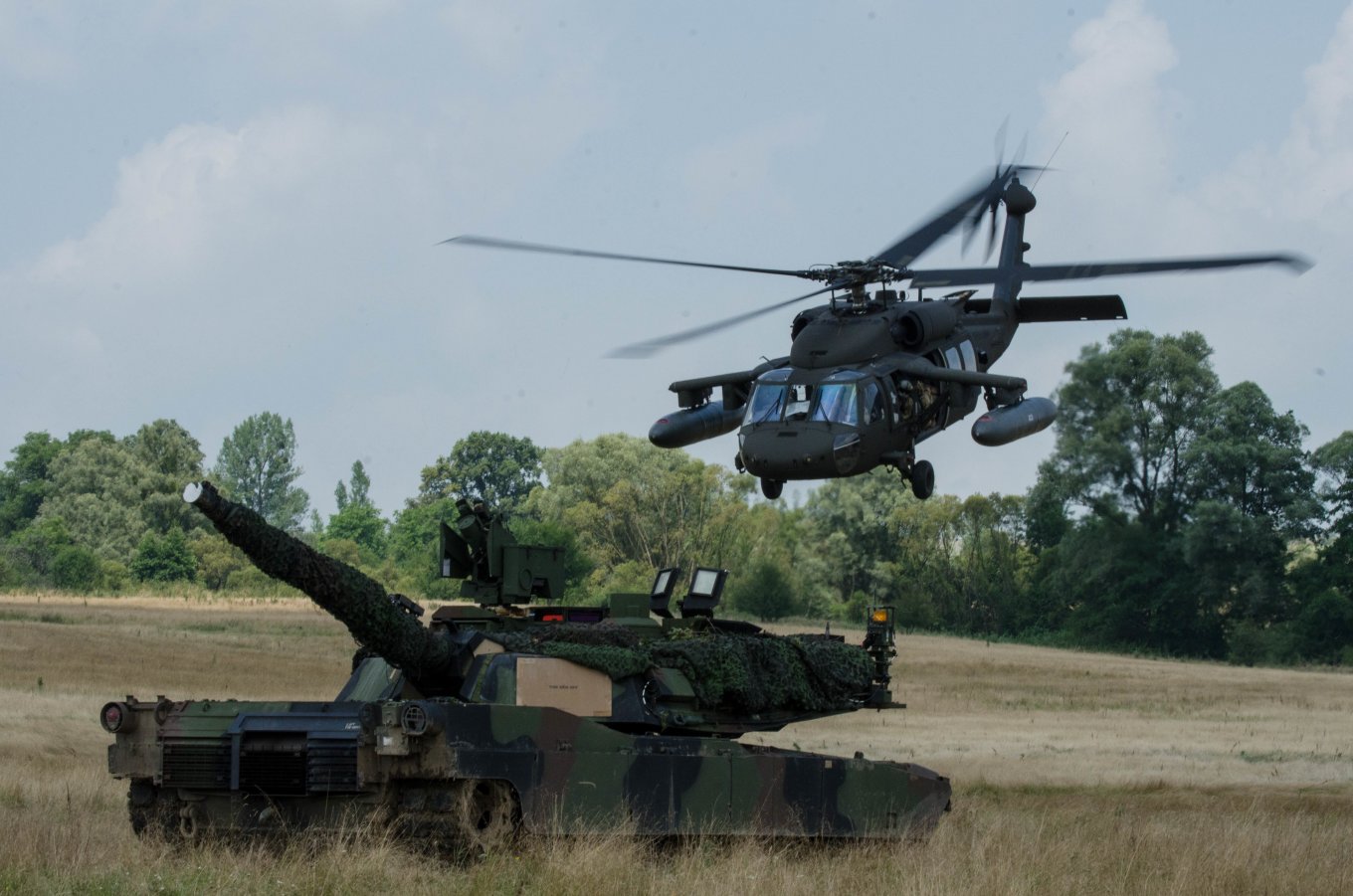
7. M1 Abrams tanks:
- A good example of why DSCA permits do not always reflect the real price: 54 tanks were offered at $2.5 billion, but Romania is buying them for $1.07 billion in 2023.
- Logical explanation for the discount: Romania could use a "voucher" for weapons transferred to Ukraine.
- Polish contract, 2022: 250 tanks at 4.75 billion.
- Approximately $19.8 million per tank in both cases
8. MQ-9B SkyGuardinan and two more drones from General Atomics (most likely, MQ-9A Reaper and MQ-1C Gray Eagle):
- Anti-submarine version for Australia, 2021: $1.65 billion for 12 drones, approximately $137.5 million each.
- Recent Netherlands' permit for MQ-9A Reaper Block 5, 2023: $611 million for 4 UAVs, $152.7 million each.
- MQ-1C Gray Eagle has not been subject to an export contract.
9. THAAD missile defense systems:
- Difficult to calculate the price, but a basic estimate is $2.5 billion for one set, based on old contracts for UAE and Saudi Arabia
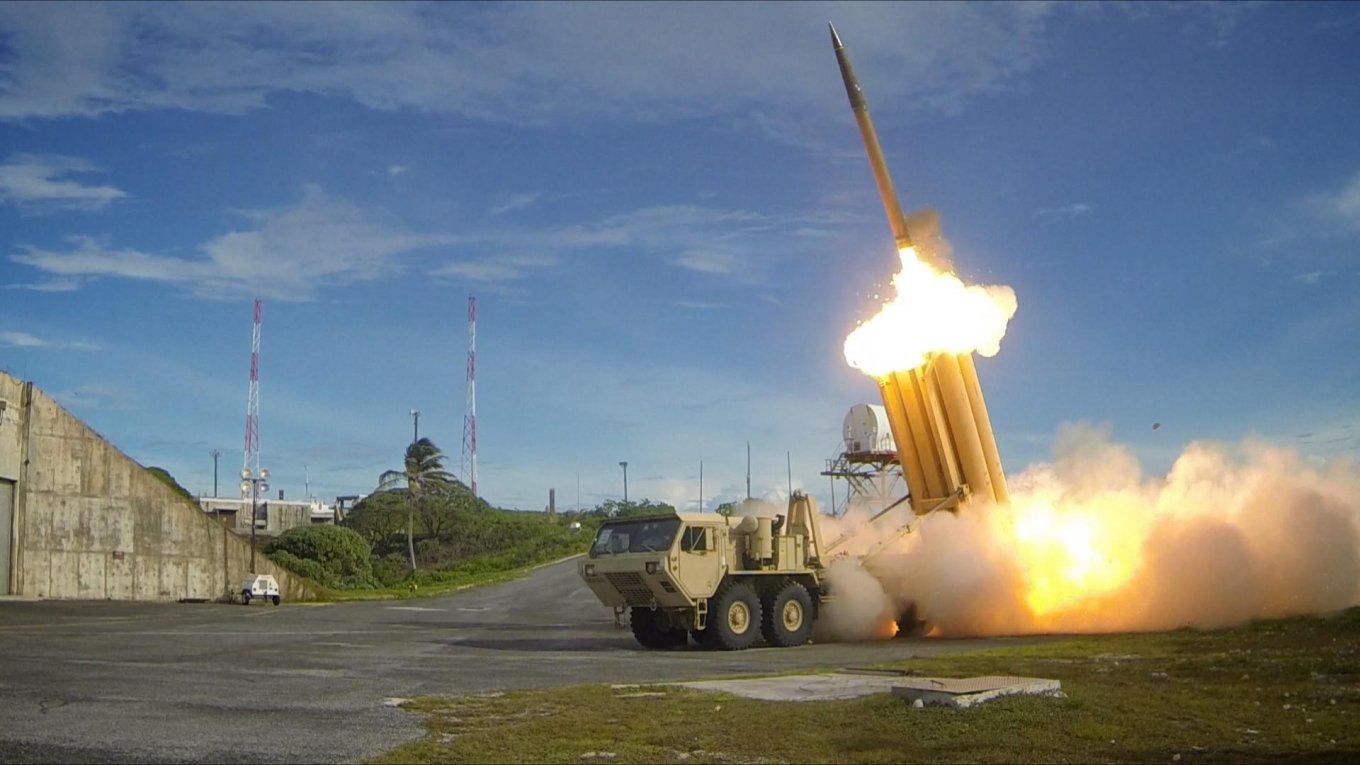
This leads to an approximate total cost, based on hypothetical needs:
- F/A-18: 64 units = $11.35 billion
- F-16: 64 units = $10.4 billion
- AH-64 Apache: 64 units = $8 billion
- C-17 Globemaster III: 12 units = $4.45 billion
- C-130 Super Hercules: 12 units = $3.17 billion
- UH-60 Blackhawk: 64 units = $4 billion
- Abrams: 180 units = $3.56 billion
- MQ-9/MQ-1C: 64 units = $9.8 billion (max)
- THAAD: 2 units = $5 billion
The highly approximate marginal price for purely hypothetical needs is $59.7 billion for complex supplies. This includes weapons, spare parts, logistics, training, etc.
Considering the United States' intention to spend $61.1 billion for military support to help Ukraine in 2024, it appears to be a realistic estimate. Keep in mind that this is only an approximate price based on export permits. If ordered under the USAI program, it would likely be lower because the USAI prices are estimated as if for a domestic customer.
Additionally, we should not forget that a significant portion of the U.S. military aid goes to supporting already transferred weapons and providing ammunition.
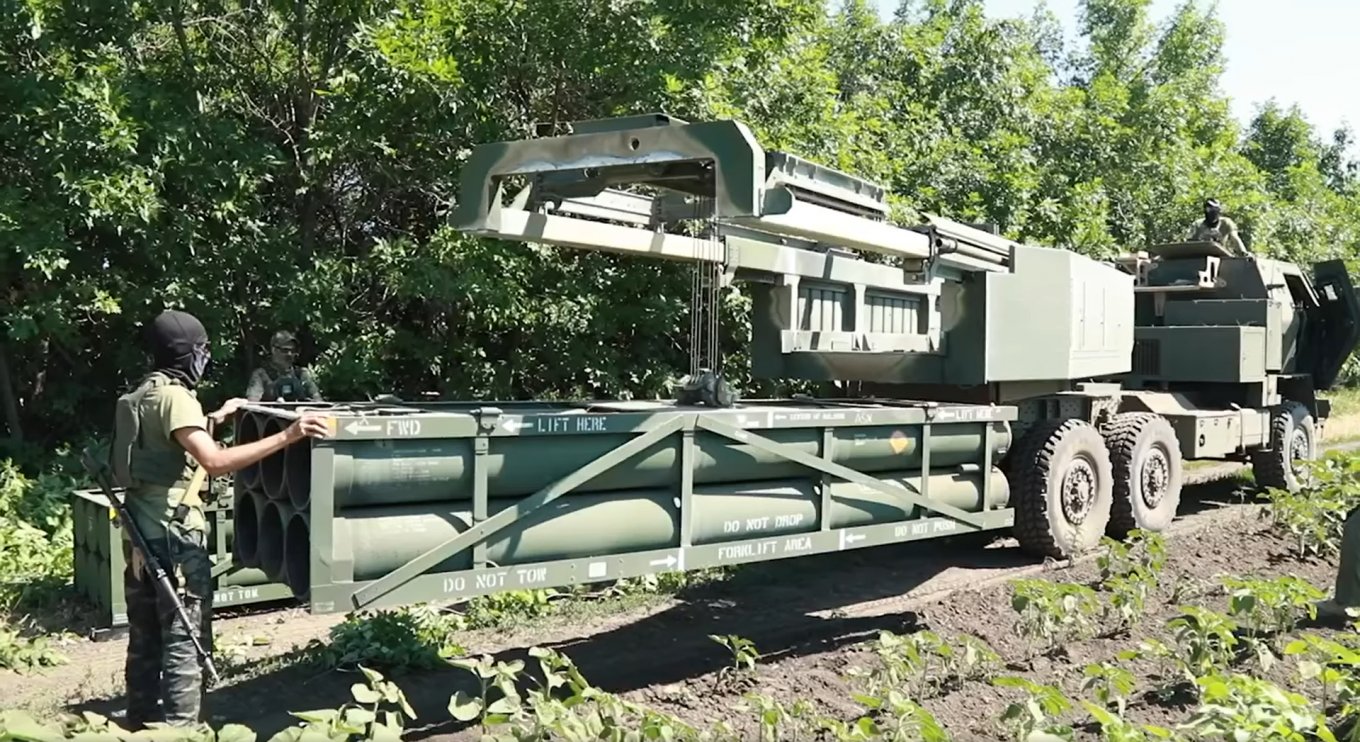
Read more: russian Propagandists Release Footage of S-350 SAM System Destruction Sayinng That It's Hitting Ukrainian Hrim-2 Missile System



